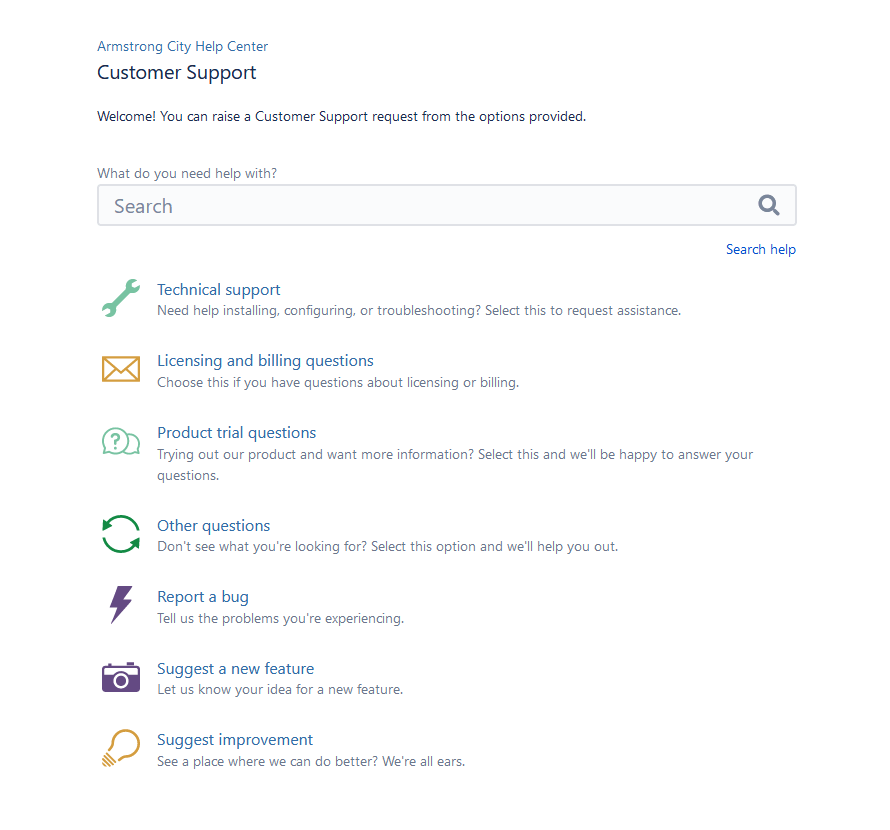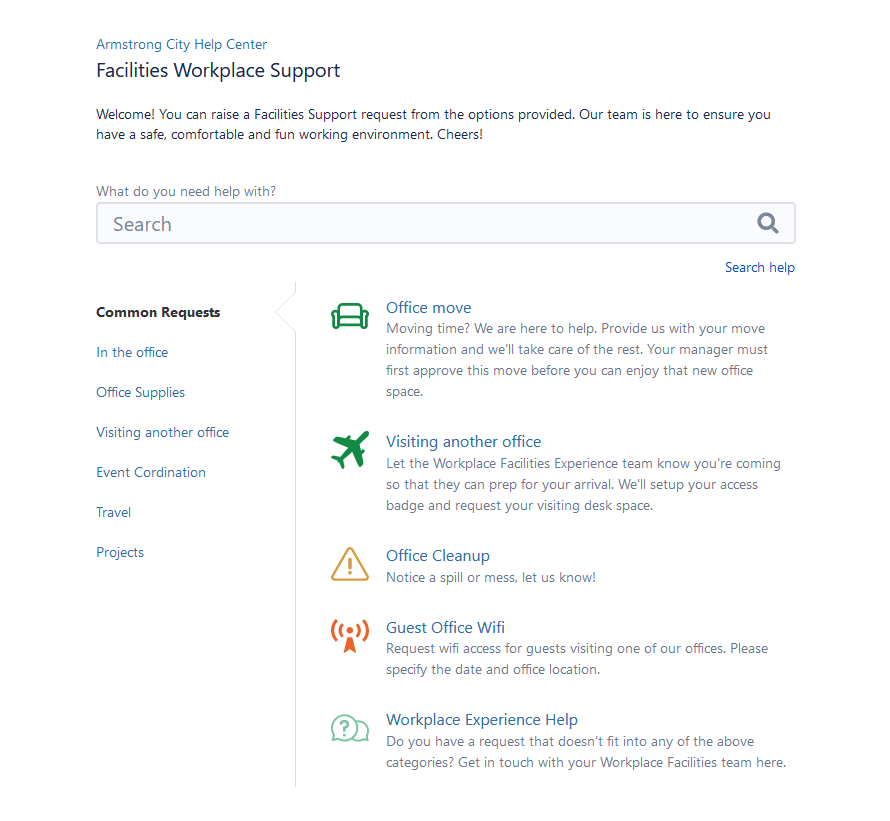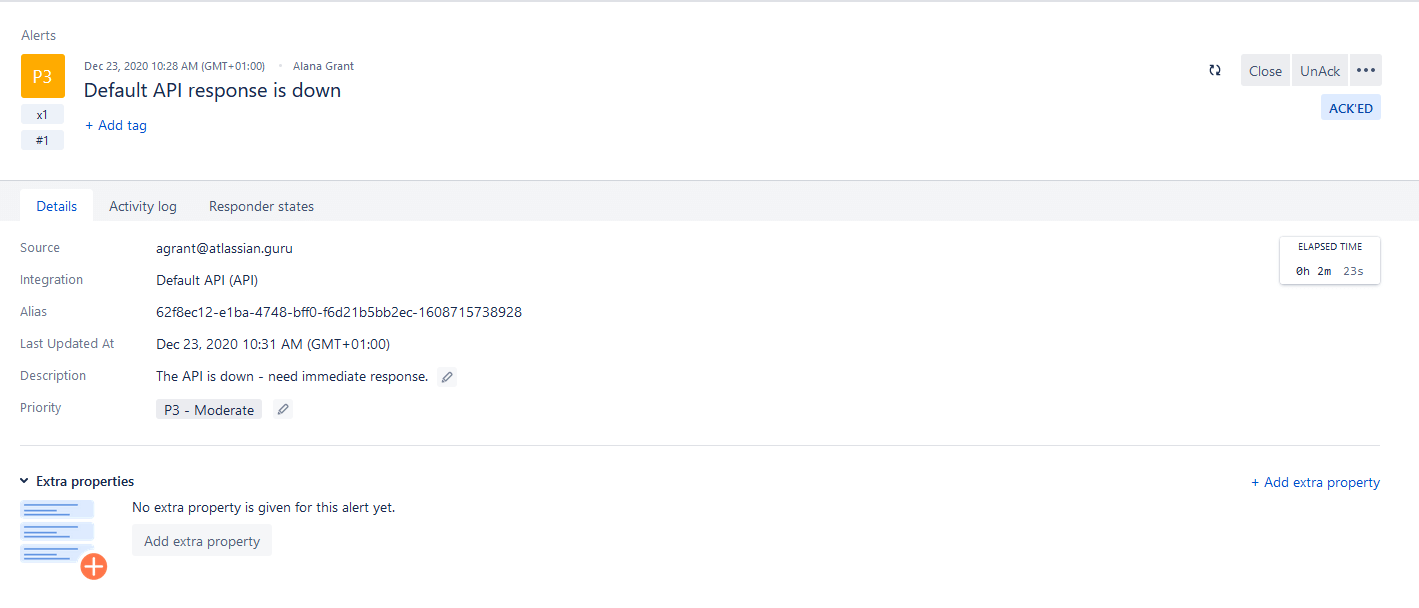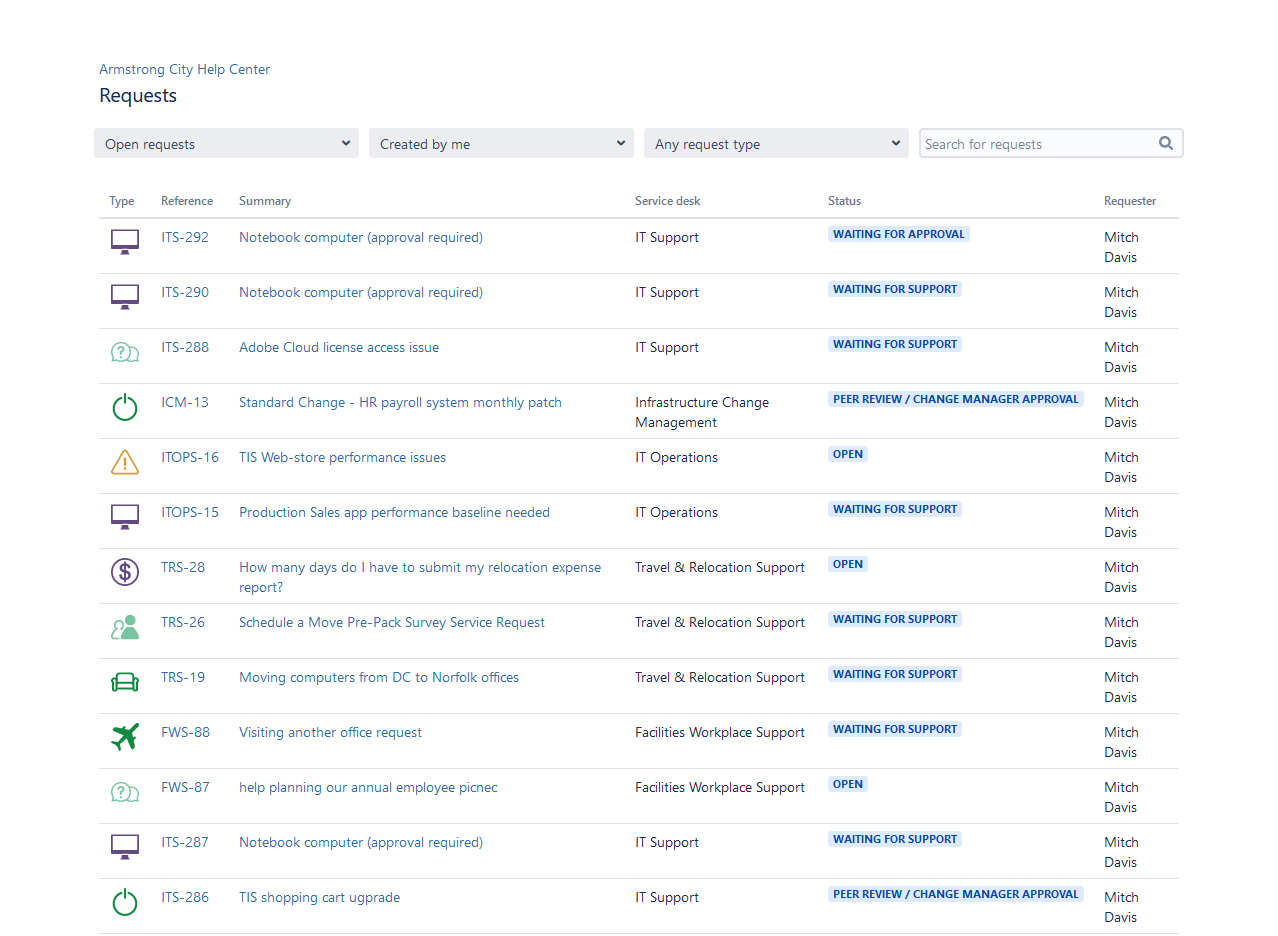Whether requests, incidents, problems or changes, with Jira Service Management (JSM) you can manage all types of requests easily and clearly. Jira Service Management emerged from the well-known Jira Service Desk at the end of 2020 and expanded the previous tool with numerous new functionalities. Together with Jira and Confluence, Service Management forms a flexible and powerful service platform for developers, users and customers.
As a Gold Solution Partner of Atlassian, we offer you the complete product range, from non-binding consulting to the sale of software licenses, installation and configuration to administration. Feel free to contact us!
![]()

Do you want to provide fast, good and efficient service within defined Service Level Agreements (SLA)? Jira Service Management supports you and your team in this. You can track problems and their solutions by always knowing who is doing what and what the current status is. You can receive service requests via the service desk, embedded widgets, emails or via API. Determine the response times of your team and the satisfaction of your customers via key performance indicators (KPI). You can also intercept recurring service requests via FAQs and knowledge articles in Confluence, effectively saving your service employees and customers time.

Does your team want to deliver more features, develop new products with as little lead time as possible, use developer resources efficiently and increase the reliability of your products? Put an end to the communication chaos by centralizing your requirements management and using just one tool: Jira Service Management. Continuous delivery is supported by the correct recording of bugs and feature requests. If you combine Jira Software Management with the developer tool Jira Software, your developers will always have an overview.

Do you not only want to deliver more features in less time, but also exploit the full potential of your team? With Jira Service Management, you can encourage your employees to expand their mindset and take on more responsibility for the performance of code in the production environment. Agile working is only possible if team members have a tool at their disposal that fully supports them in their creative work. And this tool is Jira Service Management.
Thanks to the close integration with Jira Software and Bitbucket, you can recognize whether, for example, a developer has recently made a certain change in the code or a certain deployment and is related to a certain incident.
Jira Software tells you whether the problem is already known to the developers. And if so, you can find out who made which change to the code in Bitbucket. In this way, you always provide your employees with the right contextual information.
Even though Jira Service Management was developed primarily for IT, the tool is also suitable for numerous other specialist areas. Whether it's the HR department, finance or the legal department, the tool offers great advantages practically everywhere. Requests and their processing can be tracked transparently and seamlessly.

In the event of a technical problem, it is essential that the right people are provided with the information they need at the right time. The modern alerting and on-call management tool Opsgenie includes functions for on-call scheduling, alerting, incident swarming and much more. Opsgenie can also be easily combined with Jira Software and Confluence to establish a seamless problem-solving process for software development and IT operations.

To minimize friction losses in software development, your team needs a modern change management system. Context-related information for all colleagues working in development and with infrastructure-related tools is essential for this. Thanks to automated risk assessment, advanced release workflows and the integration of CI and CD tools such as Bitbucket Pipelines or Jenkins, change requests are initiated more smoothly.
IT asset management (ITAM) is a process that records and stores a company's assets and tracks their whereabouts. These tangible and intangible elements are then documented, provisioned, maintained, updated and decommissioned at the appropriate time.
Service configuration management ensures that accurate information about the configurations of supported services and their configuration items (CIs) is available. It also communicates when and where these are required. This includes information on how CIs are configured and how they relate to each other. This overview is referred to as a service map or service model and is part of the service architecture.
The Configuration Management Database (CMDB) contains configuration records for hardware, software, systems, facilities and personnel in the company. These data records are stored in the CMDB over their entire life cycle (including history) and the relationships between them.
IT Asset Management is the native management tool for assets and configurations in Jira Service Management. It provides teams with a flexible and dynamic way to track any type of assets and configuration items (CIs) and easily link them to service requests, incidents, problems, changes and workloads.

The companies in the ISO-Gruppe have been using Atlassian products for their own software developments and for customers for many years. Our wealth of experience is correspondingly large, which we are happy to share with you. We will be happy to advise you - without obligation and without risk.